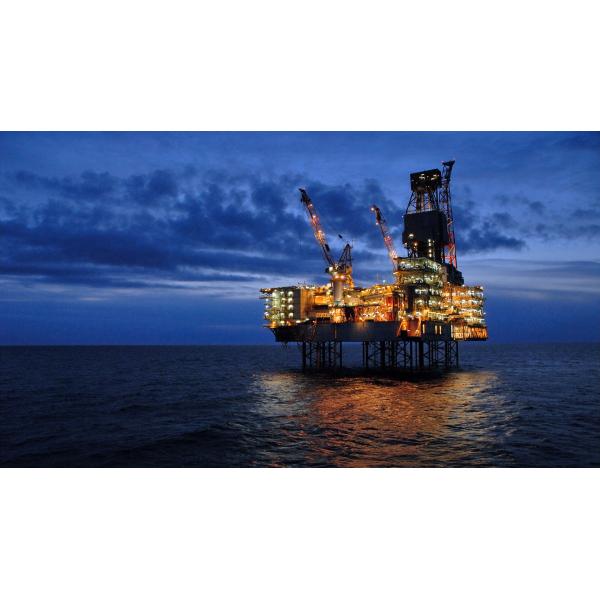Feichun TECSUN (FPV) NTSCGCWOEU: Submersible MV Cables for Demanding Marine Applications
Reliable Power Transfer in Submerged Environments
Providing reliable power in underwater settings is no small feat. From the challenges posed by saltwater corrosion to mechanical stress and extreme depths, the environment is both unpredictable and unforgiving.

Marine applications such as the shore connections for floating docks or power supply for underwater systems demand cables that are not only resilient but also efficient and long-lasting.
Feichun has emerged as a leader in designing cables for the harshest environments. Their TECSUN (FPV) NTSCGCWOEU series is a testament to innovation and engineering excellence.
This cable is specifically crafted for use in various types of water, including drinking, sewage, salt, and brackish waters, at depths of up to 500 meters. Built to handle high mechanical stresses, it complies with the stringent AD8 classification and adheres to DIN VDE 0298-3 standards, ensuring top-notch performance in underwater applications.
This article dives into the features, benefits, and practical considerations of the TECSUN (FPV) NTSCGCWOEU 12/20kV MV flexible cables, giving marine engineers and other professionals all the insights needed for effective installation and use.
Cable Construction and Technical Specifications: Engineered for Underwater Performance
Breakdown of Components
| Component | Material/Design | Benefits |
| Conductor | Finely stranded, tinned Class 5 copper | Exceptional flexibility, corrosion resistance, and durability under water. |
| Inner Semi-Conducting Layer | Semi-conductive EPR (Ethylene Propylene Rubber) | Controls electrical stress within the insulation. |
| Core Insulation | Special EPR compound > 3GI3 | Offers outstanding electrical and mechanical resistance, even under high-voltage stress. |
| Inner Sheath | Waterproof EPR compound | Shields the core from water penetration and mechanical impacts. |
| Screen | Concentric tinned copper wire | Ensures electrical safety and reduces electromagnetic interference. |
| Outer Sheath | Specialized rubber compound | Protects against abrasion, UV, seawater, and chemicals, ensuring durability. |

Key Electrical Characteristics
| Property | Value | Implications |
| Rated Voltage (U0/U) | 12/20 (24) kV | Suitable for medium-voltage systems, ensuring reliable power transmission. |
| Test Voltage | 29 kV | Guarantees insulation integrity under extreme conditions. |
| Nominal Voltage (U) | 20,000 V | Designed to meet the demands of high-capacity power systems. |
Thermal and Mechanical Performance
| Thermal Property | Value | Significance |
| Maximum Conductor Temp | 90°C | Supports efficient current flow under normal conditions. |
| Short Circuit Temp | 250°C | Ensures safety and reliability during faults. |
| Mechanical Property | Value | Importance |
| Torsional Stress | +/- 25°/m | Handles twisting forces in dynamic underwater applications. |
| Permanent Tensile Strength | 15 N/mm² | Resists mechanical pull during installation and operation. |
| Bending Radius | Fixed: 6 x D; Flexible: 10 x D | Prevents internal damage and ensures long-term reliability. |
Compliance with Industry Standards
The TECSUN (FPV) NTSCGCWOEU cables meet a range of international standards, ensuring safety, quality, and durability.
| Standard | Focus Area | Implications |
| DIN VDE 0250-813 | Power cables with special constructions | Ensures robust design for challenging environments. |
| DIN VDE 0298-3 | Cable usage in power installations | Offers guidance on installation for optimal performance. |
| IEC 60332-1-2 | Flame propagation testing | Confirms the cable’s flame-retardant properties. |
The AD8 classification is particularly noteworthy, signifying suitability for prolonged submersion under high-pressure conditions.
Practical Considerations: Addressing Real-World Challenges
Installation Guidelines
Cable Handling: Avoid excessive bending or stretching during storage and transport.
Bending Radius: Adhere to specified limits to prevent internal damage.
Underwater Laying: Ensure smooth deployment to avoid kinks and abrasions.
Operating Challenges
Mechanical Stress: Use strain relief clamps to mitigate stress from water currents.
Seawater Exposure: Protect cables with conduits in high-abrasion zones.
Maintenance Tips
- Conduct regular sheath inspections to identify damage.
- Perform periodic electrical tests to ensure insulation integrity.

Problems Solved by TECSUN (FPV) NTSCGCWOEU
- Enhanced Durability: Resists harsh underwater conditions like salinity and pressure.
- Reliable Performance: Maintains consistent power flow even at depths of 500m.
- Compliance Assurance: Meets stringent standards, ensuring safety and reliability.
Conclusion: Reliable Underwater Power Solutions
The Feichun TECSUN (FPV) NTSCGCWOEU cables are a game-changer for underwater applications. Whether for floating docks, offshore platforms, or dynamic underwater systems, their exceptional design ensures durability and efficiency.
By adhering to DIN VDE standards and AD8 classification, these cables offer peace of mind for engineers and operators alike.
For detailed technical specifications and installation guidance, contact Feichun today and discover how these cables can revolutionize your marine operations.